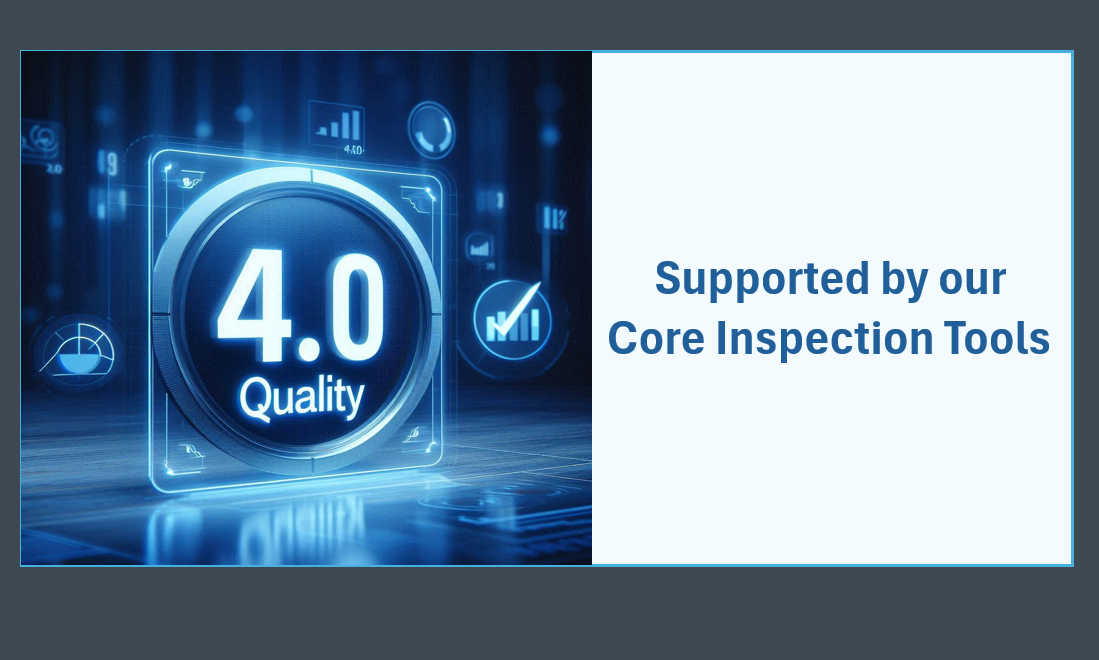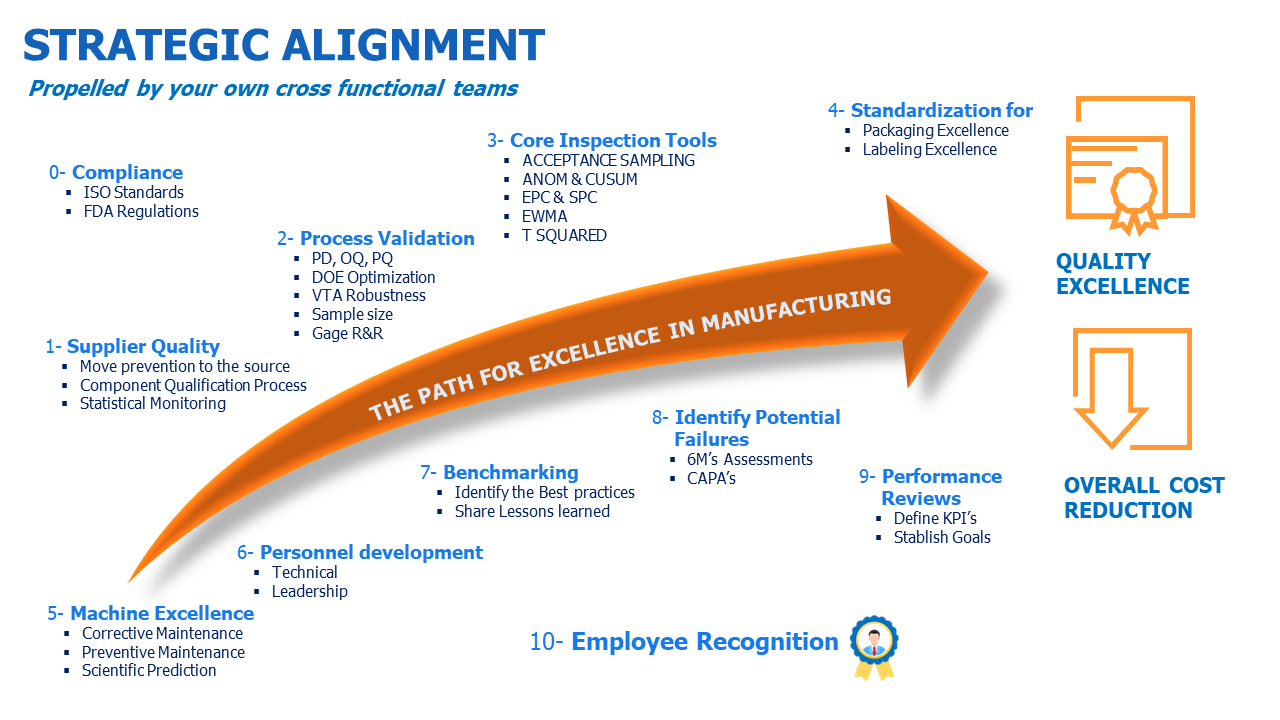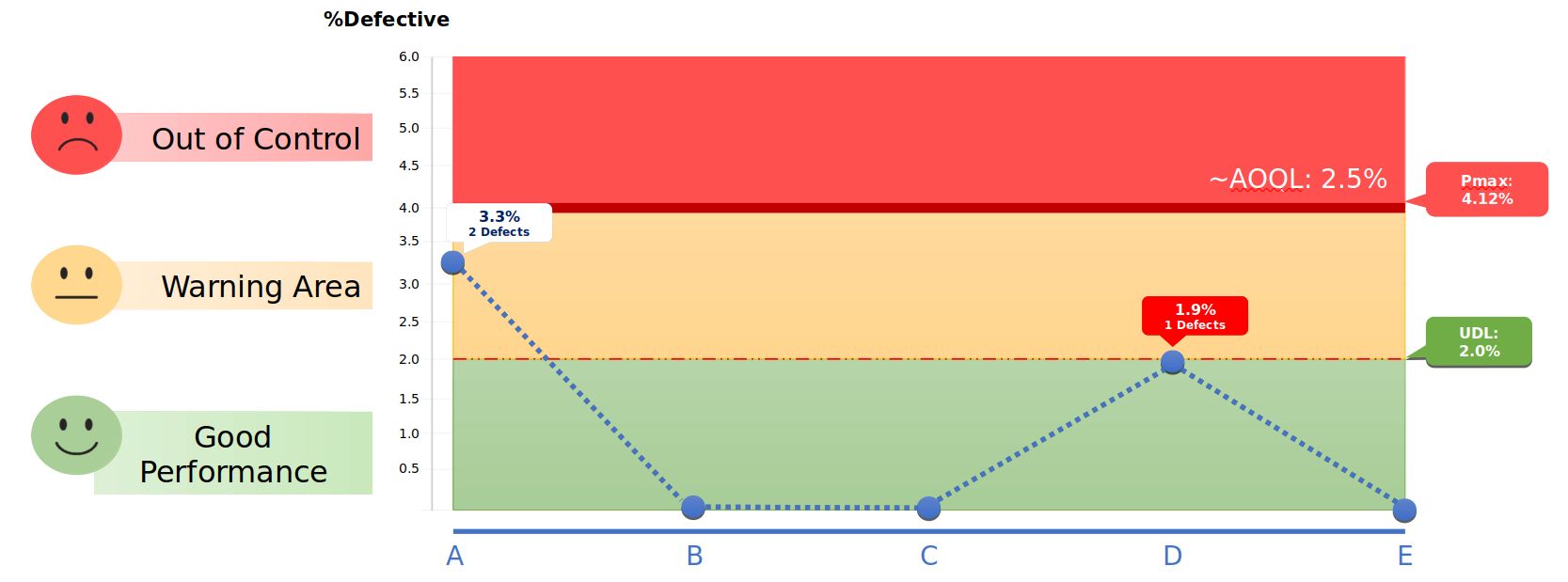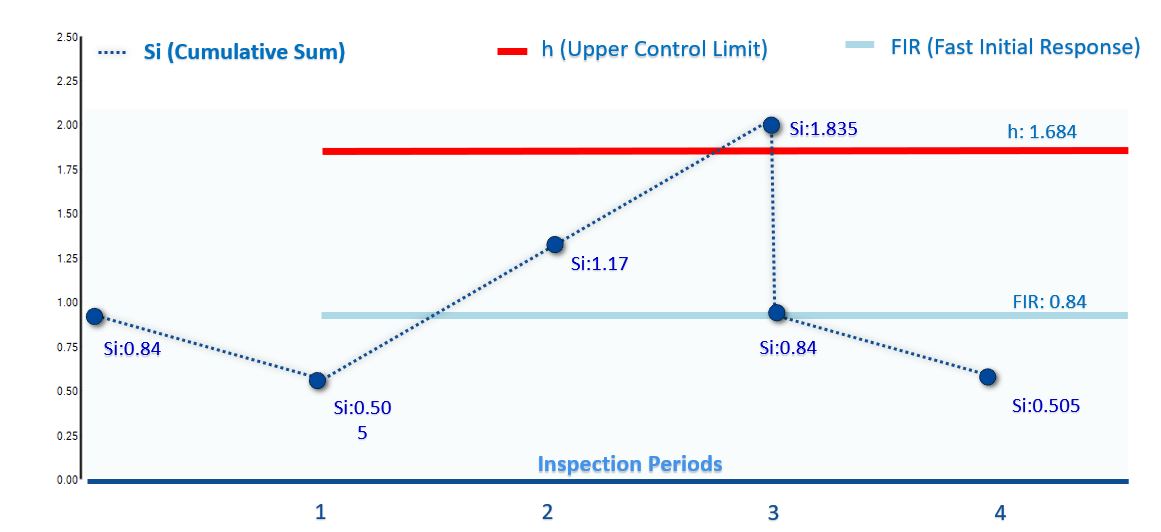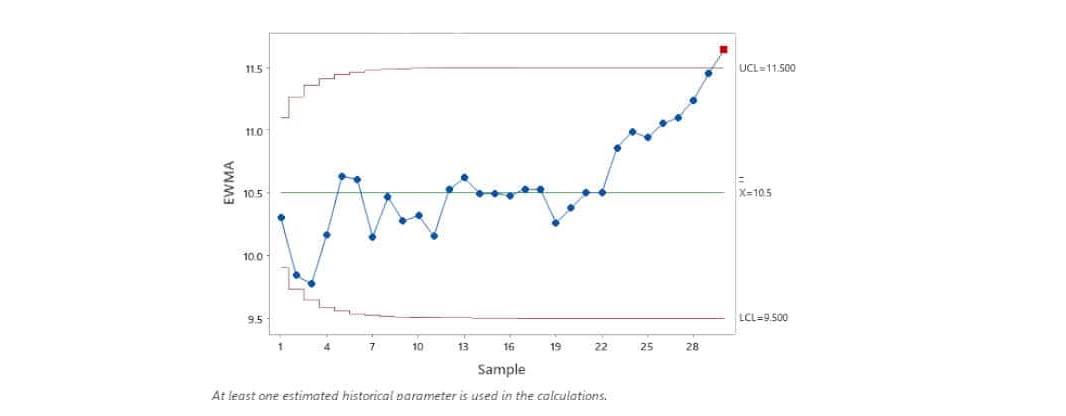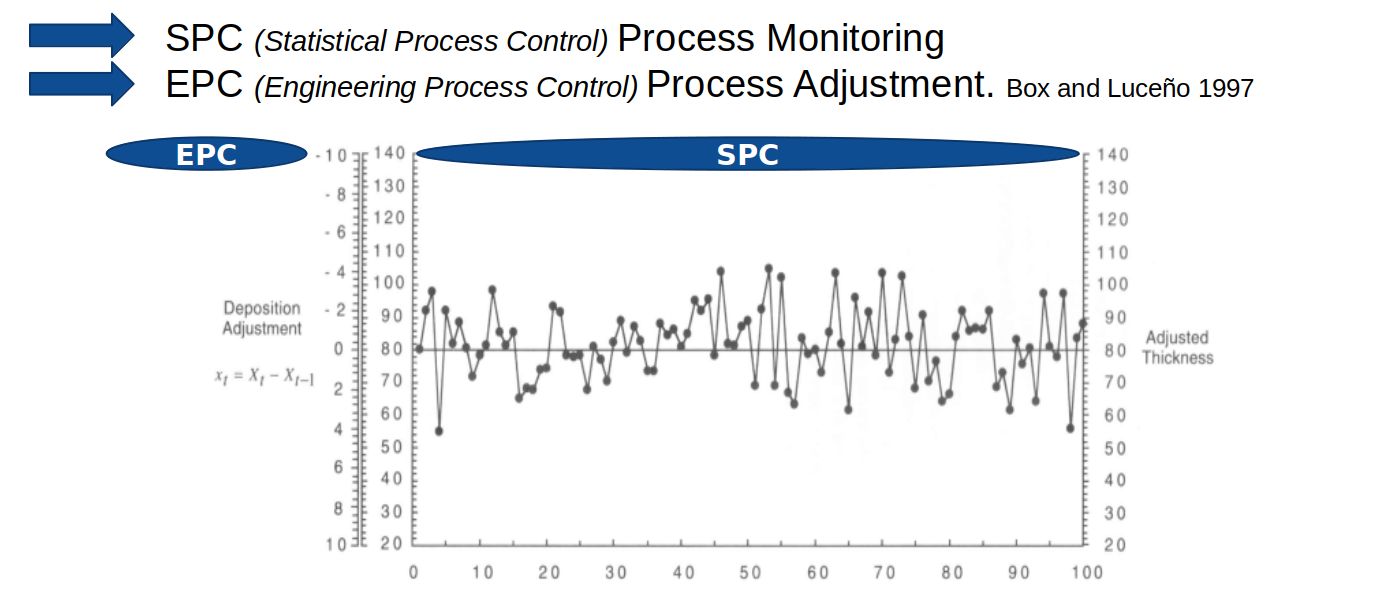Visite la version En Español de esta página: En Español
The Future of Quality
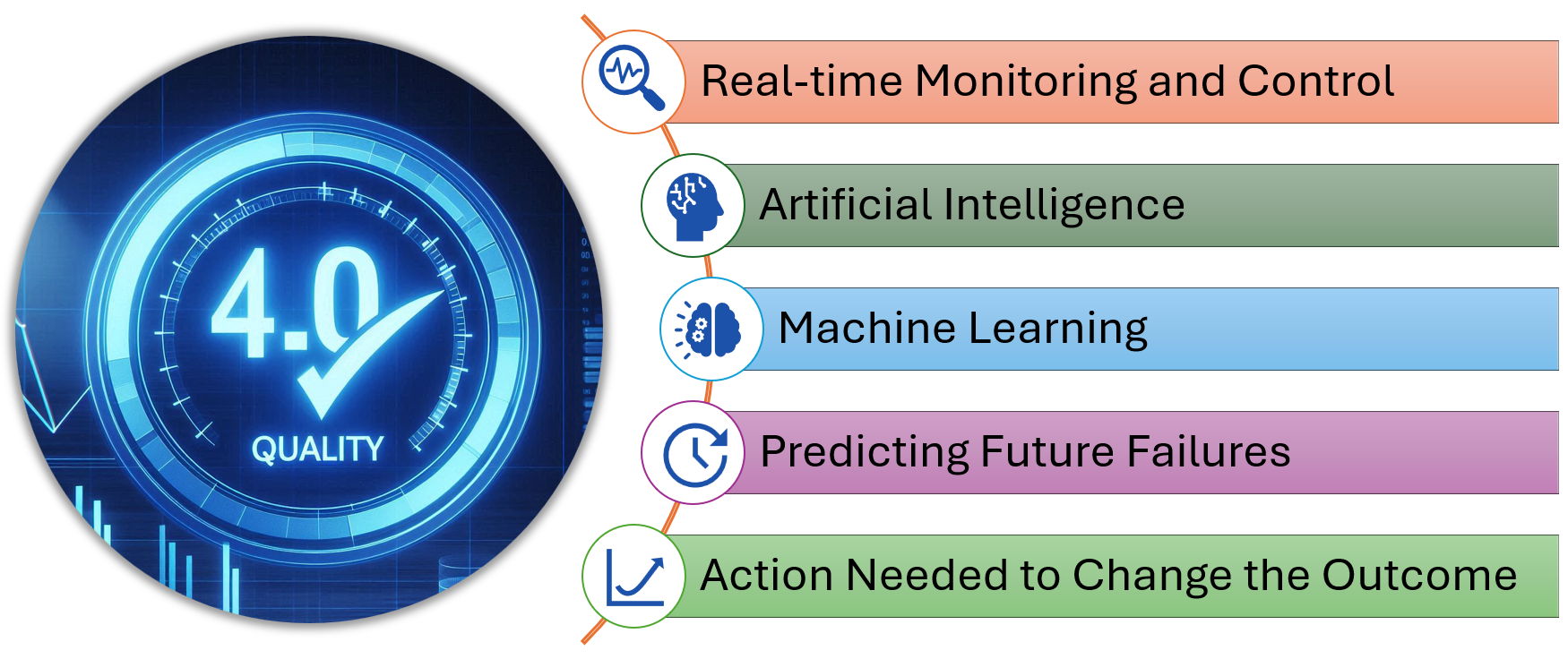

1. Supplier Quality
- The perfect linkage between your company and your RM suppliers
- Raise the level of partnership
- Implement prevention at the source
- Continuous Performance Monitoring
- Consistently meet RM specifications
- Move Suppliers from COC (Certificate of Compliance) to COA (Certificate of Analysis)
- Stop/reduce Incoming Inspection with suppliers that contribute with 80% of the volume and the most critical.
2. Process Validation
- PD,OQ,PQ
- DOE Optimization
- VTA Robustness
- Sample Size
- Gage R&R
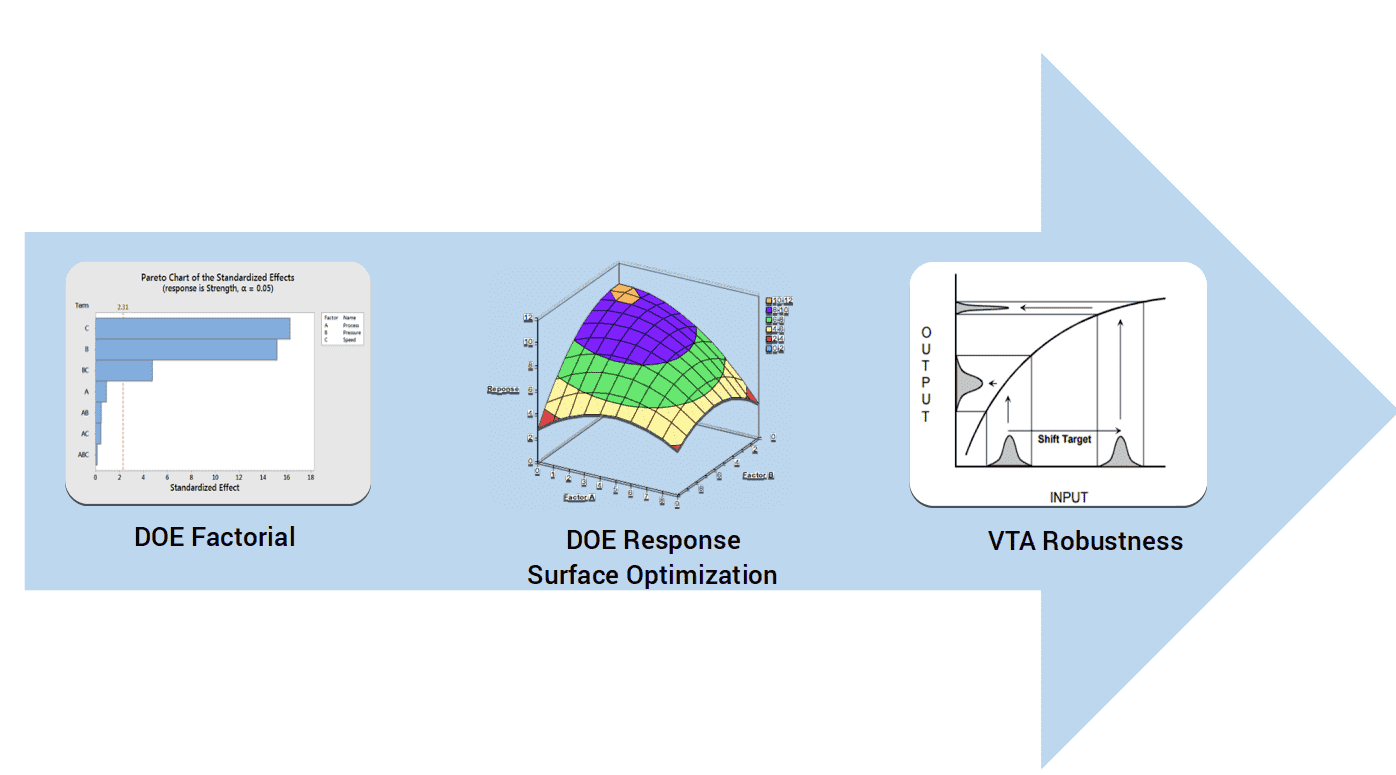
3. Core Inspection Tools
Proven Results*
75% Reduction
Defects Per Million DPM
90% reduction
CPM (complaints per million)
82% reduction
Product Holds
SAVED
$2 MILLION
USD PER YEAR
Saving for NCR's, Rework, and Scrap Reduction
* Results obtained after a 3 year Implementation of ORFIL QIS systems. Results might vary.

Focus in Your Cost of Quality
Our Reality
- Net profit for many companies is less than 5% of sales
- The TCOQ on average is 25% of sales and in some companies is as high as 40%
COPQ includes:
- Scrap, Rework, Corrective/Preventive actions, Retesting, Customer Returns, Warranties, Repair Costs.
COGQ includes:
- Product Quality Planning, PFMEA, Process Capability. Appraisal Costs such as Incoming Inspection, In-Process Inspection, Final Inspection and Audits.
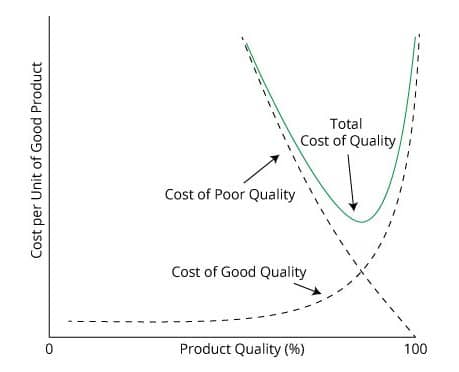
Quality and Production costs should be in perfect balance, better quality will equate to lower costs.
Software
ANOM & CUSUM
- Jump to the next level of performance.
- Ideal for labor intensive processes.
- Manage multiple defect classifications.
- Keep absolute control of the In-Process Quality.
Raw Material Supplier Quality
- The perfect linkage between your company and your RM suppliers
- Raise the level of partnership with Raw Material suppliers
- Promote and implement Component Qualification Process
- Implement prevention at the source
Training
Measurement Sytem Analysis
MSA (Measurement System Analysis) analyses the collection of equipment, operations, procedures, software and personnel that affects the assignment of a number of measurement characteristics.
Process Validation
Find the manufacturing recipe for the operating conditions and process inputs that will result in the best process performance.
Core Inspection Tools
This course will give you the know how step-by-step to implement ANOM, CUSUM, EWMA, EPC and T SQUARED in your manufacturing process.
Supplier Quality
From the traditional sampling plans to performing incoming inspection to the RM supplier process monitoring through EWMA statistical charts
Statistical Sample Size
Be absolutely certain to determine the minimum sample size for all manufacturing process applications, assuring regulatory compliance with a level of confidence at the minimum cost.
Statistical Quality Control for Engineers
This course will give you what every Engineer should know about Statistical Quality Control.
Acceptance Sampling
Our training program will maximize your effectiveness while minimizing product disposition costs.
Learn the art of selecting and evaluating acceptance sampling plans for diverse applications,
including incoming inspection, in-process components, and finished goods.
What every Engineer should know about Six Sigma
This training offers a complete understanding of SIX SIGMA methodologies, enabling informed implementation decisions. Achieve continuous improvement and cost reduction while ensuring customer satisfaction.
Benchmarking
Is a potent TQM tool that identifies key areas for improvement and best practices from other organizations, guiding your company towards superior performance. It can also be applied internally to standardize practices across multiple plants.

